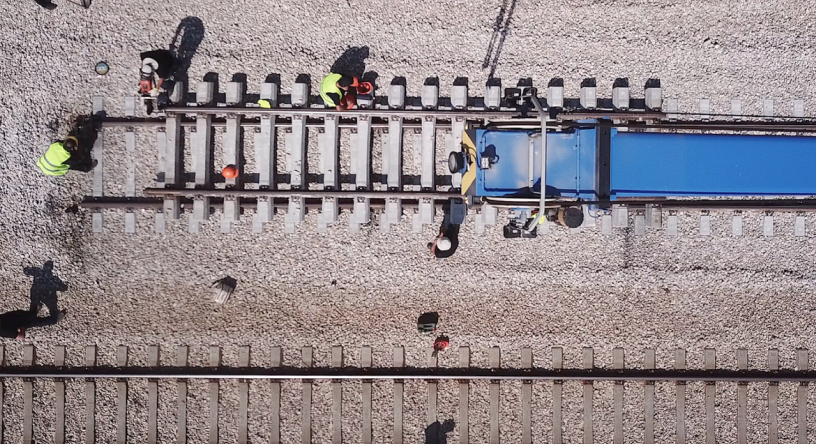Introduction to Railroad Safety Concepts

COURSE OVERVIEW
This program is designed to provide an overview of railroad safety rules and best practices. General safety concepts are covered and not intended to provide a comprehensive description of all railroad safety rules, practices, or processes. This course is not intended to replace or supersede any specific Federal, State, or local regulations, or any specific safety rules or occupational safety requirements on the property where working.
COURSE TOPICS
- Section 1: Introductions
- Section 2: Basic Track Components & Geometry
- Section 3: Basic Locomotive & Car Designations & Components
- Air Brake Components & Function
- Section 4: Safe Work Practices
- Proper Attire & PPE
- Slip, Trip & Fall Prevention
- Red Zones
- On or Near Tracks
- Switch & Derail Operation
- Mounting & Dismounting
- Riding, Crossing Thru or Fouling Equipment
- Close Clearances
- Handbrake Operation
- Securing Engines and Cars
- Inspection of Freight Cars
- Coupling & Uncoupling Air Hoses
- Opening & Closing Angle Cocks
- Moving Locomotives & Cars
- Half the Range of Vision
- Movement into Spur Tracks
- Section 5: Basic Derailment Modes & Derailment Prevention
- Section 6: Hazardous Materials
- Field Exercises
- Comprehension Test
COURSE DURATION
The instructor-led classroom training materials require about 4 hours to complete then the class will move outside for approximately 2 hours of field exercises. This combination of classroom and hands-on learning will provide a solid foundation of safe work practices on and near the railroad.
ADDITIONAL INFORMATION
The successful student of this course will have the knowledge and understanding necessary to work safely on and around railroad tracks and equipment.